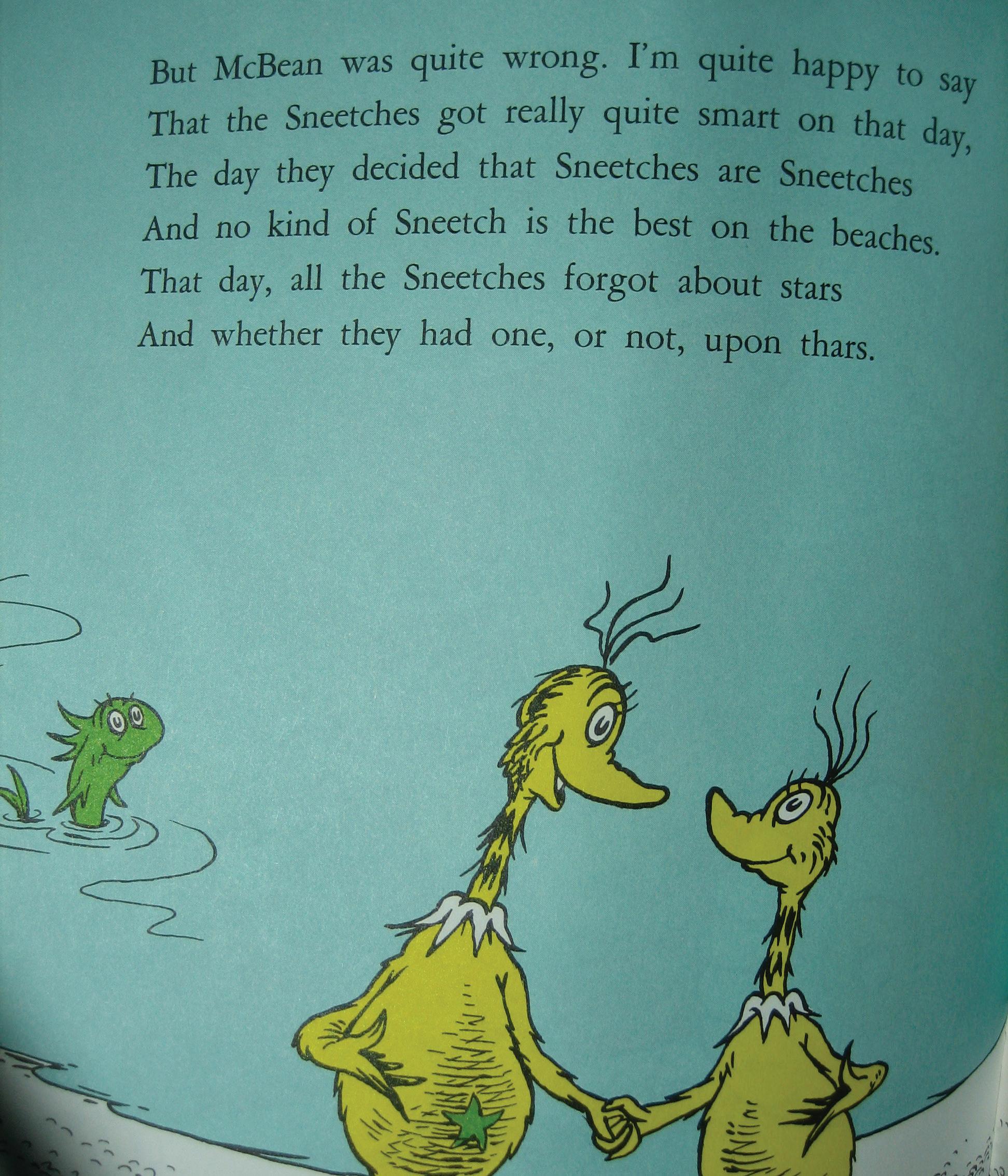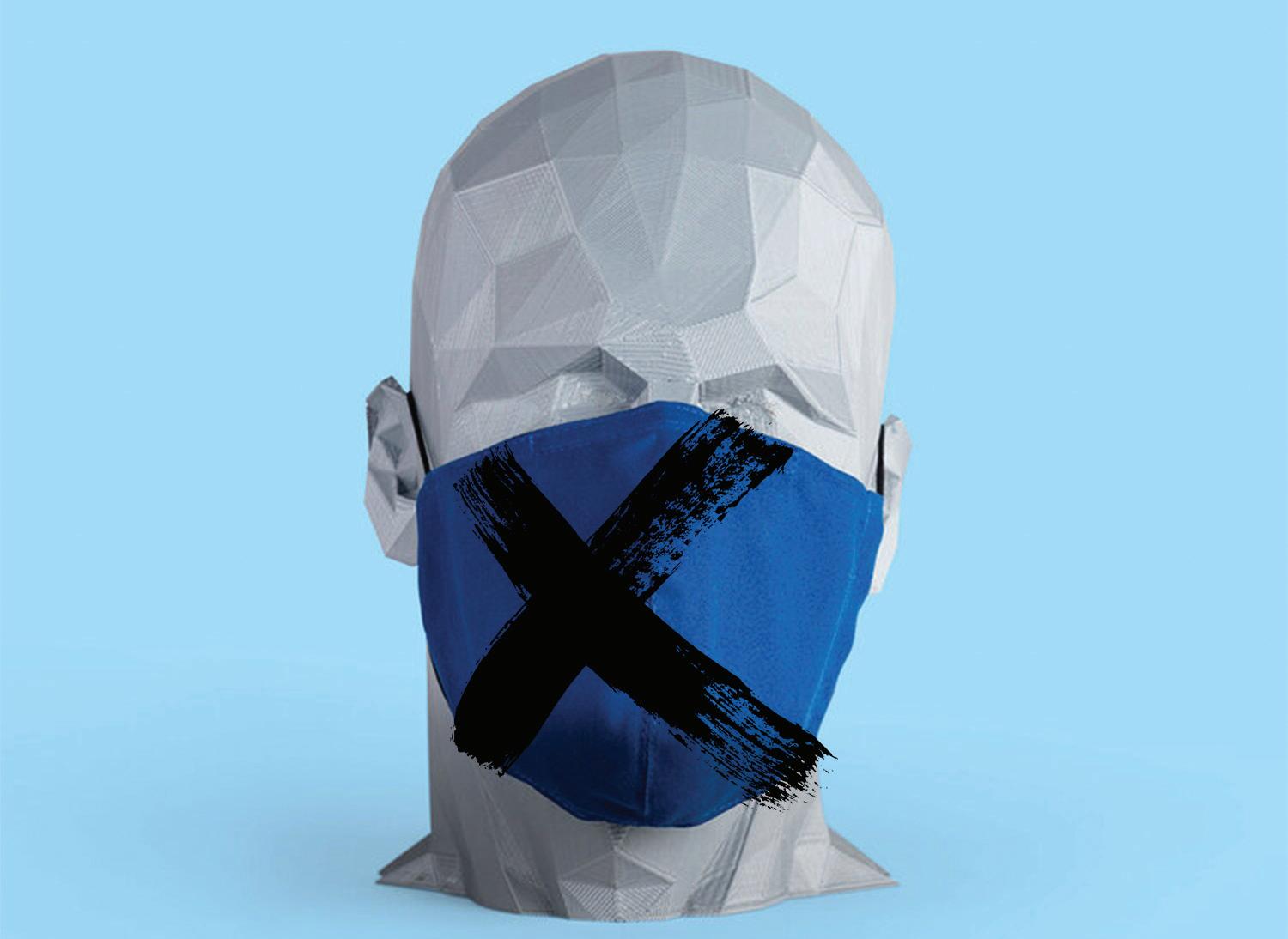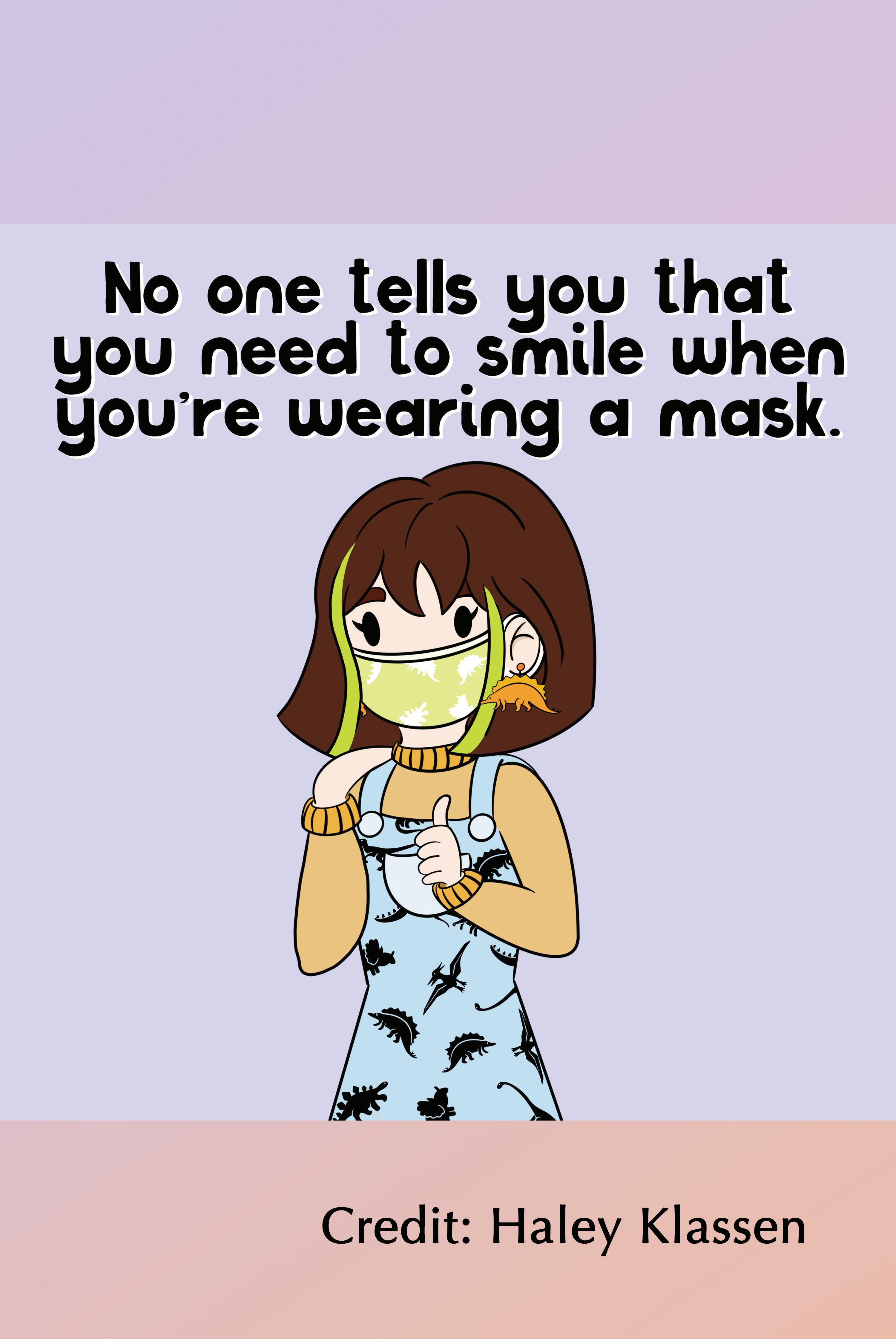
10 minute read
Mask protests
If you can teach a Sneetch, why can’t we learn too?
What stories are we teaching young minds? What are the messages behind those stories? How do they differ from the “ordinary storybook”? These are all questions I have been asking myself while reflecting on stories I read as a child. Storybooks are a massive part of entertaining and influencing children, so what are we feeding them?
Advertisement
I was always a fanatic about fairy tales with magical creatures in the forest, showing the protagonist faced with a dilemma of evil godparents or siblings with the insert of witty side characters going on an adventure to defeat the villain. Good triumphs against evil, which is the hallmark of a good fairy tale. Sounding familiar? That’s because I am describing just about every Disney classic storyline to grace screens and pages everywhere. While Disney does put out an entertaining story that breaks a record just about every time it hits the shelves, there are some plotlines it will not touch on.
Dr. Seuss’s children’s books are vastly different from Disney storybooks but still attract many readers. There are no princesses or princes; instead they often branch out to more mysterious creatures who do not necessarily have magic. One of my childhood favorites is The Sneetches. The Sneetches, who resemble large, flightless, yellow birds, are divided on the beaches by those with green stars upon their bellies and those without. The Sneetches with stars rule the beach while those without are left out from Sneetchlike activities.
This all comes to a halt one day when Sylvester McMonkey McBean arrives on the beach with his Star-On machine, where the Sneetches “without Stars upon thars” immediately pay to have a star put on their chests. With all the Sneetches now being star-bellied, the original group of Sneetches enters McBean’s Star-Off machine. To differentiate each Sneetch into two groups, they keep entering the machines to add and then eradicate each star until they cannot tell which group each Sneetch belonged to.
Bigotry is not often a theme that is monopolized in children’s stories. Still, The Sneetches perfectly represents how people pick each other apart for being different from one another. While the Sneetches boil down their turmoil to a mere star, it equivocally represents how we categorize people into different races, ethnicities, genders, and disabilities when we are all human. The Sneetches was initially published in 1961 during the Civil Rights era, where we saw the hard-lived battle to eliminate segregation in the American system.
Sylvester McMonkey McBean monopolizes the differences between the Sneetches for profit, much like modern-day people attempt to change because they feel pressure to become something they are not. Once the no-starred-bellied Sneetches receive their stars, the starred-bellied Sneetches remove their stars to show the distinction between the two parties and, therefore, continue to exclude a group of Sneetches.
Here we see how the efforts to maintain the difference between the two groups are about a balance of power. The star-bellied Sneetches rule the beaches because their star gives them the authority to do so. In reality, it is just a meaningless star. Still, it is enough of a difference to allow “justification” that the no-starred Sneetches should not participate in Star-bellied Sneetch activities. This shows ostracization and stigmatization exhibited within the segregation of the Sneetch parties.
The story ends with Sylvester packing up his machine with full pockets, leaving the Sneetches ranging with various stars to none at all. At that moment, the Sneetches finally understand that each Sneetches is the same.
“I am happy to say that the Sneetches got really quite smart on that day, that day they decided that Sneetches are Sneetches, and no kind of Sneetch is the best on the beaches, that day all the Sneetches forgot about stars, or whether or not they had one
upon thars.” Sylvester McMonkey McBean did teach the Sneetches that day, but we still choose to show bigotry in everyday life.
Bigotry is a prevalent trend in Dr. Seuss’s novels, touched on in The Butter Battle Book, which again looks at discrimination but on the more severe front of War. The Battle contains the Zooks and the Yooks who are angered by the way each group butters their bread. The Zooks who butter their bread side down are frowned upon by the Yooks who butter their bread side-up. We follow a Yook who shows a Zook across the wall the weapons their laboratory keeps building. Each day, the Yook and the Zook continue to show up with bigger and bigger weapons until they both show up with a bomb. Here, the story abruptly ends, leaving viewers to imagine what happened or if either party unleashed the bomb.
The Butter Battle Book was published
in 1984 and allegedly demonstrates Seuss’s views on the Cold War, where the United States and the Soviet Union both made more prominent and more giant bombs to one-up each other. If any of these bombs were ever unleashed, they would destroy the world, creating a toxic wasteland. The Butter Battle Book was banned in libraries because it took a satirical look at the Cold War. Even when considering that the war in the book stems from intolerance, it was still
Daniel (Flickr) A photo of a page from The Sneetches by Dr. Seuss.
– Gillian Massie
shunned from shelves.
Dr. Seuss portrays bigotry in straightforward ways that are still entertaining and light enough for children, but are also influential and show deeper meaning by reflecting upon humans’ actions. So why are there not more books portraying messages of bigotry? Simple bigotry is used as a tool of power. As we saw in The Sneetches, the star upon the Sneetches’ belly was a symbol of power, and it gave the Sneetches the right to exhibit ability on the beach. Society does not like to admit this because it is still a very prevalent use of power today.
Bigotry also demonstrates that when people use it they think their actions are justified, as seen in The Butter Battle Book. The Zooks buttering their bread differently from the Yooks gave them justification on the grounds that they are different. Therefore, it was reasonable to justify the creation of weapons for intimidations against them. Society is still very uncomfortable about speaking on bigotry because we do not like to admit our faults. Simply put, we would rather ignore them than acknowledge them. In reflecting on Dr. Seuss’s children’s books, I realize the importance of bringing to light the issue of bigotry to the child’s mind.
Remembering the bigger picture
I’m going to preface this by stating that I don’t like wearing masks for long periods of time. I don’t like the burden that places being shut down has caused the public. The conflicting rules and regulations change constantly in ways that appear contradictory in practice. Therefore, frustrations and grievances are understandable and protests are known in history as a formal way of airing them. However, in this case it doesn’t seem necessary because this isn’t due to the sole effort of one individual - in this case, Dr. Saqib Shahab. This ultimately comes down to the right of the government (working interchangeably with the health authorities) to make decisions based on a public health related emergency.
Yes one could argue that COVID is nothing but a cold or influenza which we’ve lived with for years and therefore, it’s not an emergency. However, influenza has been known to cause health emergencies of pandemic size, like the Spanish flu which is an example of a virus killing a large amount of people in ways people didn’t expect due to history with such a virus. There lies the general problem with echo chambers, the fact that they are a great way for people to feed their own personal biases.
Why? It’s much easier to look at only the information that one agrees with and that supports their claims with evidence. This can be someone finding a plethora of fear mongering information which shows people at the extremes of using gas masks to keep yourself from COVID-19, or information about how wearing a mask all day is unhealthy and can cause numerous complications that could result in death. Arguably the biggest problem is that when it comes to echo chambers and social media in particular, there is little to no middle ground. This causes a divide among individuals, but on a larger scale, citizens and those in power. Either way there’s very legitimate concerns on both sides. Examples being health care workers being worked beyond a healthy point, people struggling to find work, food, or financial security, mental health crises going up like crazy due to isolation, the economy going down, and businesses closing. Truthfully, out of all the issues that have been brought to light, wearing a mask seems like a superficial complaint compared to the rest.
Legally speaking, no investigation has brought to light that anything illegal was committed during the protest outside the Shahab residence as of yet. However, as a
whole I would say, should protesting work, it changes the least amount possible for the greater good of the population. Even if you had a choice to wear a mask and you decided not to, I wouldn’t say there’s a lot that frees you from. Even if that were the case you still can’t participate in a variety of activities or see a lot of people. It doesn’t change mental health barriers, or conditions for people in long term care homes, and reduced capacity is still going to be in place. If anything, there’s a chance distancing would be further required and businesses could become further restricted.
There are different types of activity to engage in that don’t involve protesting, such as petitions or contacting the Premier or your MLA. I could see people saying such efforts are less impactful, however, protests present the threat of things escalating to illegal actions. Petitions have made an impact in the past; granted protests have as well, but for life changing reasons (e.g. Martin Luther King protests, Women Suffrage protests).
Besides that, some people are con-
cerned about wearing a mask everyday because it’s unnatural to continually expel and inhale your own air, and some fear the building up of carbon dioxide in our bodies. However, carbon dioxide is largely present in the earth’s atmosphere already, and mixes well with the oxygen present in an area. Do masks cause filtration issues in the sense that you’re not fully breathing in the air around you? Yes, less is going to come though something covering your face. But fabric allow for more outside air than medical grade, and even with medical grade masks they still don’t restrict air flow. Can there be reasons individuals shouldn’t wear them? Sure. Does that apply to the majority of the population? Most likely not. Even in the case of having to wear a mask put up against the risk of COVID, one is still arguably more dangerous than the other. Could anyone’s COVID response be very mild, no complications? Yes of course. Could it also result in very ugly health problems? Also yes, and there’s no real way to know which way it’ll go.
COVID does have a rather high survival rate, but it’s important to keep in mind that all that means is that you live. It doesn’t speak to your quality of life during the aftermath of having the virus. There are many side effects that can be present after having any type of illness that impact us for long periods afterwards. Honestly, I don’t feel anyone is wrong for how they feel about any of this – bottom line is, it all sucks. Nobody’s denying that, everyone’s human and nobody perfectly manages handling any type of stressor or situation, especially one that lasts this long. Nevertheless, I think there are cases where we’re fighting the wrong things and the wrong people. There should be a concise plan among the government, and those in power should be following them and providing a good example. Things should be put in place to best increase quality of life while we’re living through this, and supporting people in the areas that can’t be changed currently.
- Rayanne Gwilliam
rayanne gwilliam
contributor
Cross the Pacific A faceted mannequin head wearing a blue mask with a black “X” over it.

graphics
editors: sarah carrier, kate thiessen graphics@carillonregina.com the carillon | february 25 - march 3, 2021




